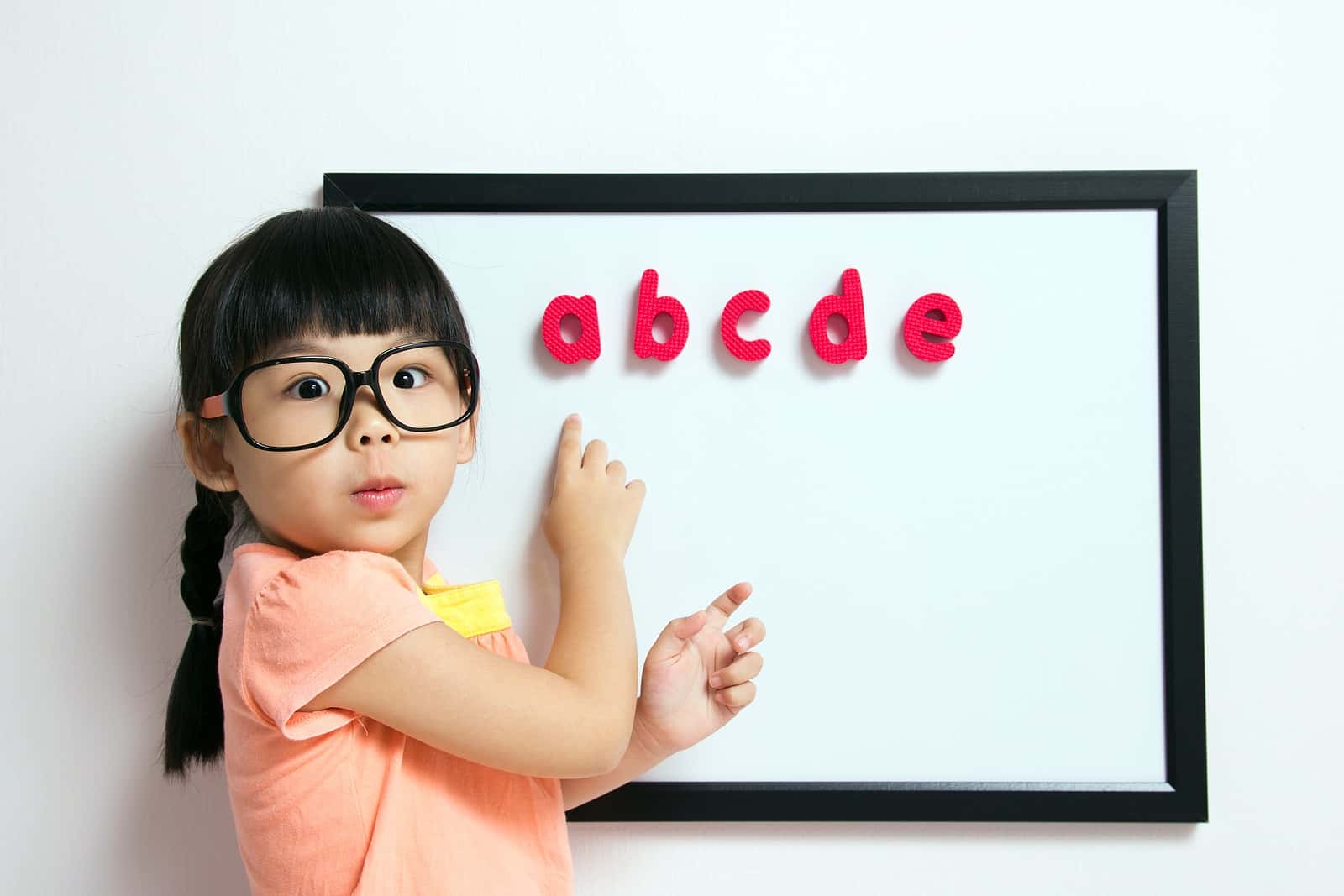
The pandemic lockdowns had a lot of negative effects on children’s lives. Parents aroung the world are trying to help kids catch up on the schooling they may have missed. A study published in JAMA Network Open demonstrates that their eyesight also suffered. Hong Kong scientists found that more youngsters are nearsighted now than before the pandemic began (JAMA Network Open, March 22, 2023).
How Do Investigators Track Nearsighted Kids?
Researchers did eye exams on 20,587 children between 6 and 8 years old three times—before, during and after the pandemic lockdowns. Nearsightedness, also called myopia, was more common after than before the COVID-19 pandemic struck. The youngest children and those from poor families were most affected.
Kids in low-income families had more screen time and less time outdoors. The researchers point out that such lifestyle factors had not returned to pre-pandemic levels. They urge efforts to get youngsters more outside playtime as a means of reducing their chance of becoming nearsighted. This recommendation is based on previous research, summarized below.
Pre-Pandemic Concerns About Kids’ Vision:
Nearsightedness has become an epidemic eye problem among children in East and Southeast Asia. This focusing problem has also been increasing at an alarming rate around the world.
In the US, myopia increased from roughly 25 percent of teen agers and middle-aged people in the early 1970s to over 40 percent by early 2000. In China, the rate of nearsightedness among children is substantially higher. Some urban areas report that 90 percent of high school graduates have myopia.
Could Playtime Outside Benefit Eyesight?
Formerly, it was common for kids to be told to go outside and play when they got home from school. There may also have been more opportunity to play outside on the playground during the school day.
A study suggested that outdoor activities may reduce the number of children who are nearsighted (JAMA, Sept. 15, 2015). Chinese researchers recruited over 1,900 first graders from 12 primary schools. Half the schools maintained their traditional class schedules while the other half extended time spent outdoors by an extra 40 minutes each day.
Reducing Rates of Myopia:
Compared to the children in the control group, the kids that got extra outdoor time daily had a 23 percent relative reduction in myopia after three years.
Perhaps it is time for children all over the world to spend more time in outside activities at school and playing outdoors when they get home instead of texting or watching a video screen. This might also afford youngsters more opportunity for physical activity, which has been shown to help them concentrate better on school work (Journal of School Health, Oct., 2015). Perhaps that information will help convince nervous parents and teachers that the extra time outside is worthwhile.
Learn More:
For more information about eye health, you may wish to listen to our interview with ophthalmologist Sharon Fekrat. It is Show 1272: How Your Eyes Reveal Your Health.
Citations
- Zhang XJ et al, "Prevalence of myopia in children before, during, and after COVID-19 restrictions in Hong Kong." JAMA Network Open, March 22, 2023. doi:10.1001/jamanetworkopen.2023.4080
- He M et al, "Effect of time spent outdoors at school on the development of myopia among children in China: A randomized clinical trial." JAMA, Sept. 15, 2015. doi:10.1001/jama.2015.10803
- Käll LB et al, "Effects of a curricular physical activity intervention on children's school performance, wellness, and brain development." Journal of School Health, Oct., 2015. DOI: 10.1111/josh.12303

